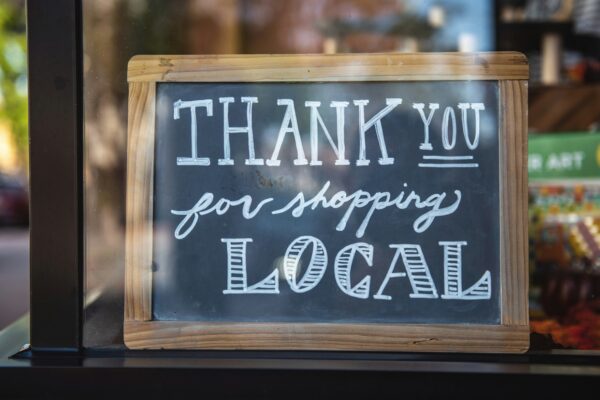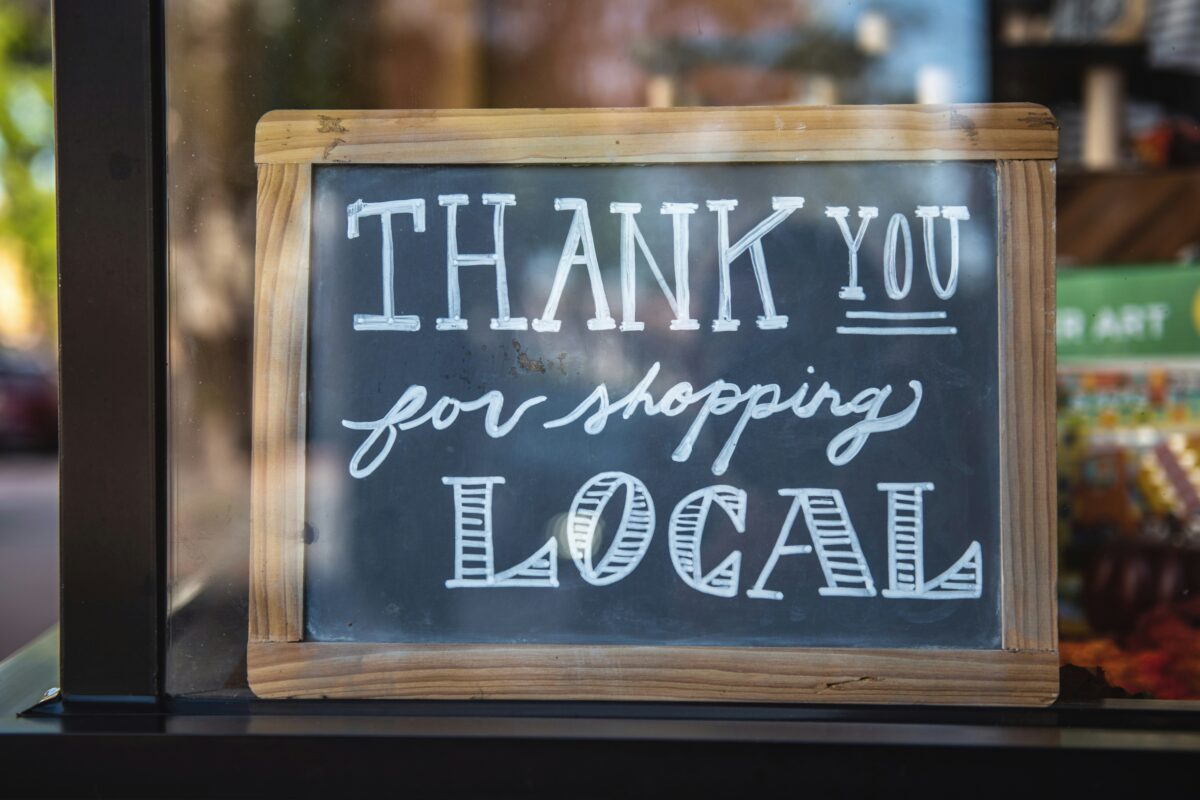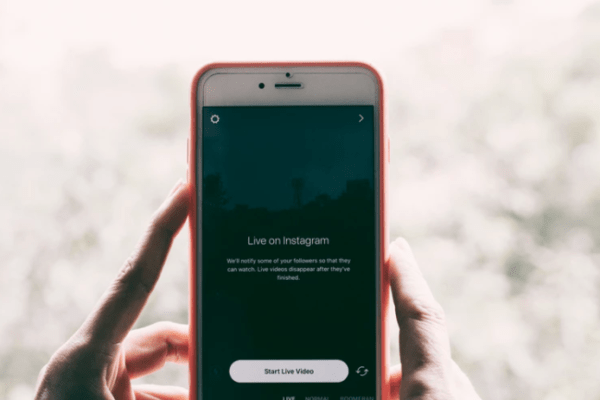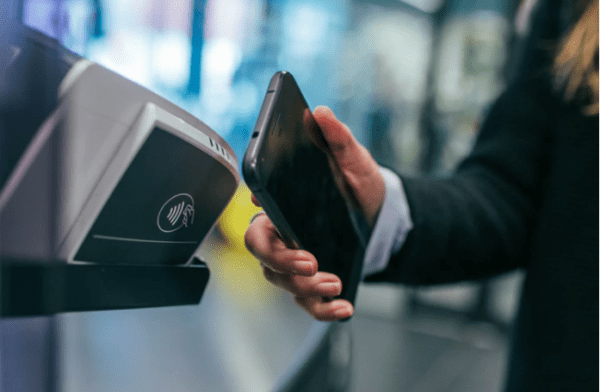
We PR pros like to kvetch about how media relations has become infinitely more difficult, thanks to the digital age (and it really has, given that the ratio of PR pros to journalists sometimes feels like 1,000 to 5 – no, really, it’s bad). But for small business brands and SMBs, digital media has ushered in a significantly easier PR landscape. Now, more than ever, PR has gotten easier, cheaper and more effective, for small businesses to leverage.
No More Gatekeepers

You don’t need to spend big bucks to wine and dine media, or even try to figure out how to get a hold of them. Now, anyone who discovers you can spread the word about you. Brand ambassadors abound, and are more than eager to share how great your business is. Media used to be the gatekeepers to the precious social currency of knowing what the hot new businesses were. In today’s world, social media has broken down those exclusive gates and anyone can discover you and share the good news.
Can’t Get the Media’s Attention? Write it Yourself

Content marketing has always existed in PR – it’s just been christened with an annoying new term. If you can’t get a reporter to tell your story for you, do it for yourself. Blog posts and social media postings can help you explain your business, tell a great story and are often an easier way to get a reporter’s attention. Creativity is your currency and clever viral posts or memes can have a life of their own that draw even more attention.
Who Needs Billboards When You Have Facebook?

While it’s true that you have to have a certain ad budget for social media, which no longer offers brands a free ride, you don’t need to break the bank anymore like you used to when you had to take out television or bus stop ads or billboards. You can spend as little as $100 on a Facebook promotion and get it amplified. Plus, you get access to insightful data on your customers that you wouldn’t get from a magazine ad. Analytics still have a long way to go to compete with SEO analytics but it’s improving.
Social media has created options on the ad spend front. Google AdWords is incredibly costly, though certainly still very effective for many businesses. Social media advertising has emerged as an equally effective, and less expensive, option.
Proliferation of PR Means Lower Costs
PR costs have gotten less expensive as the industry saturates. While this isn’t necessarily a good thing for firms like ours, it definitely helps small businesses reach out to more people who can help them market their brand. From solo freelancers to boutique shops to specialists, there’s a plethora of affordable PR options for small businesses.
While social media is no longer the level playing field for brands that some thought it might be (given that it’s the new advertising), digital media has created many more affordable options for small businesses to better market themselves and generate great PR. There’s no excuse anymore. Go do it.
Don’t want to do it for yourself? We’re here to help, and we love small businesses. Contact us today.





